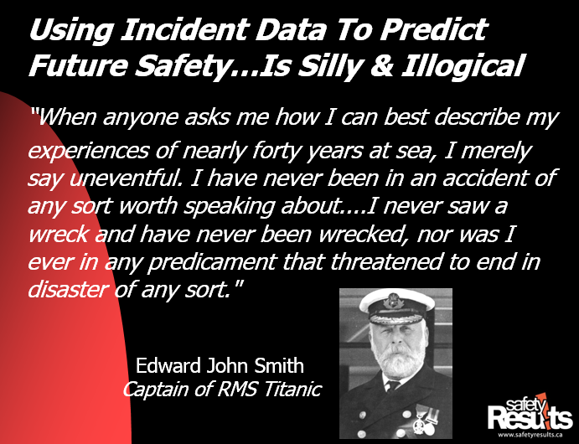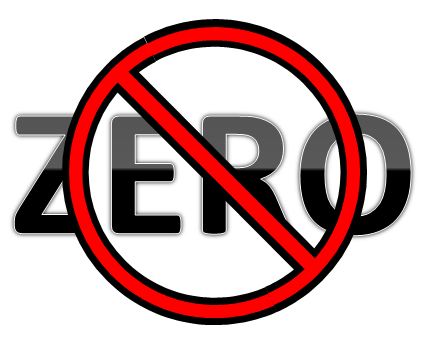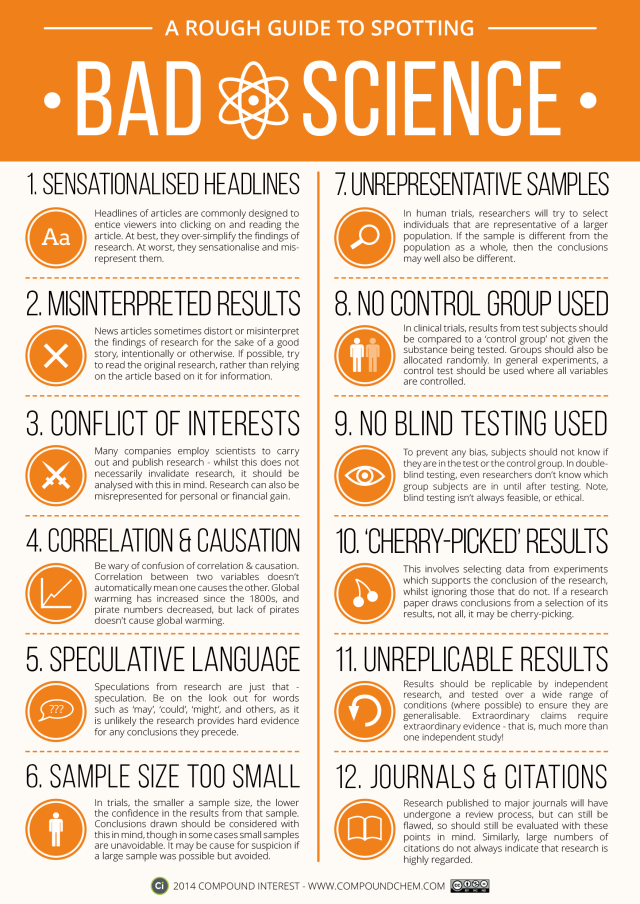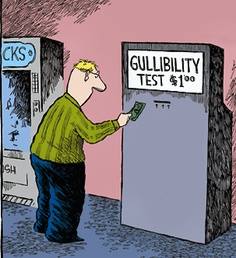Category Archives: Appearance-Based Safety
Preparing a New Presentation – I found this little gem! The Bias Rule!
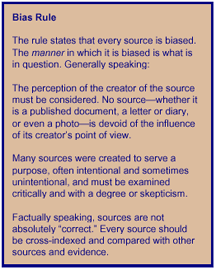
Interesting Article About Extreme Behaviours (You may know this person!) ;)
Interesting article from Dr. Rob Long… well played Rob!
http://www.safetyrisk.net/the-10-behaviours-of-the-safety-sociopath/
Lies and Mistruths My Government Told Me
When are YOU going to stop relying on Injury Data As A Measure of Safety?
STOP with the Silly and Illogical Zero Injury Goals!!!!!
Be Careful What You Believe! Bad Science is BAD!
Be cautions of “opinion based” discoveries with “bias” research to back it up!
Not all evidence can be trusted. Being a SKEPTIC is a good thing.
http://www.nature.com/news/over-half-of-psychology-studies-fail-reproducibility-test-1.18248
Gullibility – Can it be tested? Some would say YES!
How we tell the difference between reality and fantasy – Verification
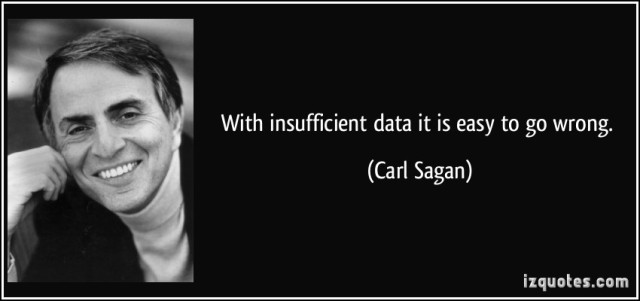 Any one who has studied the history of science knows that almost every great step therein has been made by the “anticipation of Nature,” that is, by the invention of hypotheses, which, though verifiable, often had very little foundation to start with; and, not unfrequently, in spite of a long career of usefulness, turned out to be wholly erroneous in the long run.— Thomas Henry Huxley
Any one who has studied the history of science knows that almost every great step therein has been made by the “anticipation of Nature,” that is, by the invention of hypotheses, which, though verifiable, often had very little foundation to start with; and, not unfrequently, in spite of a long career of usefulness, turned out to be wholly erroneous in the long run.— Thomas Henry HuxleyAvoiding Safety Audit Overload
This article is from my COS column in 2009. Unfortunately it’s just as true today as it was then. STOP THE MADNESS!
The phone rang that morning with certain urgency in its ring. I know that sounds silly but I just knew that there was something out of the ordinary about this phone call.
“Al, its Bob, Bob Granite…the CEO” (the names have been changed to protect the innocent). This was interesting indeed. The CEO of the company I worked for had never called me before. I had certainly met him and I had on several occasions made presentations to him and his executive team, but I’d never been called before.
“Yes Bob, what can I do for you?” I asked, knowing full well that Bob would be very clear and direct on how I could help him.
“Well Al, I’ve got in my calendar that I have a meeting with an independent OH&S auditor. I’m sure this is the same fellow that I met a few months ago.”
“Yes Bob, that would be the auditor we hired to do a preparation audit for us so we’d know where our short comings were in our OHS program. This meeting is to do the official audit so we can qualify for our workers’ compensation rebate,” I said confidently.
“Oh I see,” said Bob. “Well, can you take this meeting with the auditor for me? An urgent conflict has just come up in my schedule.”
“Sorry Bob, I wish I could but the auditor has to interview you personally. It’s about demonstrating the level of senior management commitment to our safety efforts.” I was about to continue when Bob interrupted, “I see. Well, what’s the auditor going to be asking me?”
“The same questions he asked you last time you met with him. He uses a standard audit instrument and he has to ask you the standard questions,” I said knowingly.
“I see,” said Bob in a somewhat frustrated tone. “And what are the answers I’m to tell the auditor so we get full marks?” he asked.
“Same ones you told him last time. We actually scored very well on the practice audit in the Management Commitment section,” I said
“I see,” said Bob with a bit of a sigh. “So can you send a copy of the questions and answers you sent me before…so we can again pass this section of the audit?”
“Of course, Bob…I’m emailing them to you as we speak.”
“Thanks Al. I’ll let you know how it goes.”
“You’re welcome, Bob,” I said, even though I was sure he had already hung up his end of the call.
As I moved the cursor over the send button on the newly created email to Bob, the embarrassment I felt was almost overwhelming. This conversation I just had with a very powerful executive of one of the largest companies in Canada made me feel very silly.
“How did we get here?” I asked myself rhetorically.
I knew the answer. We have, over time, very effectively formalized this game we call safety programming to a fine art of giving rehearsed responses to formalized questions. That’s not making it safe for the people who work here! We’ve offered rewards for the “appearance” of safety and the accomplishment of measurements that can be manipulated.
Appearance-based safety
Over at least the past two decades the safety management movement has accomplished the institutionalization of the idea that auditing safety programs against one of many standards we’ve developed is the secret to solving our safety and health challenges. In fact, as you’re reading this there is yet another group devising yet another list of things for companies to do to “make it safe”. Many of the popular standards are readily available to all who would like to use these “blueprints” for safety. Unfortunately, if there’s anything to be learned by auditing our safety efforts, in most cases, we’ve already learned what we can from the first one or two times we’ve used that standard. Auditing over and over again provides little insight into how to mature your safety culture.
These audits all require the creation of the OHS binder of information that becomes the central figure in most audit instruments. Asking questions about the “binder” annually seems to be a bit counterproductive. Asking management each year if they are still committed to safety also seems a bit repetitious. A popular audit used by many thousands of companies gives significant points for “safety tours” of their senior manager, but fails to ask if those visits are being effective and if so, why?
The hard truth is that passing an audit does not guarantee that your safety efforts are actually making it safe. “Appearance-based safety” gives us all the appearance that there’s an effective safety program when in fact, we know that very unsafe corporations can pass most of the popular audits. The secret to safety isn’t in the paper; it’s in what people think and do. So after you’ve successfully audited your processes to a fatigue level then consider using other measurements of human effort to accomplish your goals of making your workplace safe and healthy.
Perception survey
Given the opportunity to be honest and anonymous, your employees can tell you what the safety culture is. By employees I mean ALL employees of your organization — from the CEO to the people on the production line. They know where the strengths and weaknesses are if you take the time to ask. There are some great resources available to help you through developing a perception survey that will fit your culture. Be careful here though and don’t fall into the same trap that has caught us with audits. Surveys won’t be better than a standard audit if they ask questions that someone else feels your culture should be like.
Measure safety activities
There is no better way to motivate humans to do things than to measure those things and provide positive consequences to the “doers”. There is no mystery that measurement motivates. If I look at my watch every time someone walks into a meeting late and I mention that being late is being measured, I have no doubt that time keeping will improve with a group of humans who believe consequences will happen if they do the specific activity that is being measured. The power of this is well-established. So pick those things that really make it safer and start to measure the performance of those activities.
Remember that it is our activities that create our safety culture. Paper and documentation are only activators or, in some cases, consequences for those behaviours. Be the person who does the activity that actually makes it safe.
Audits that look at things and processes will get you safer, but repeating the same audit and never raising the bar to a higher level of excellence dooms your safety culture to mediocrity. Strive for excellence…it’s highly motivating!

